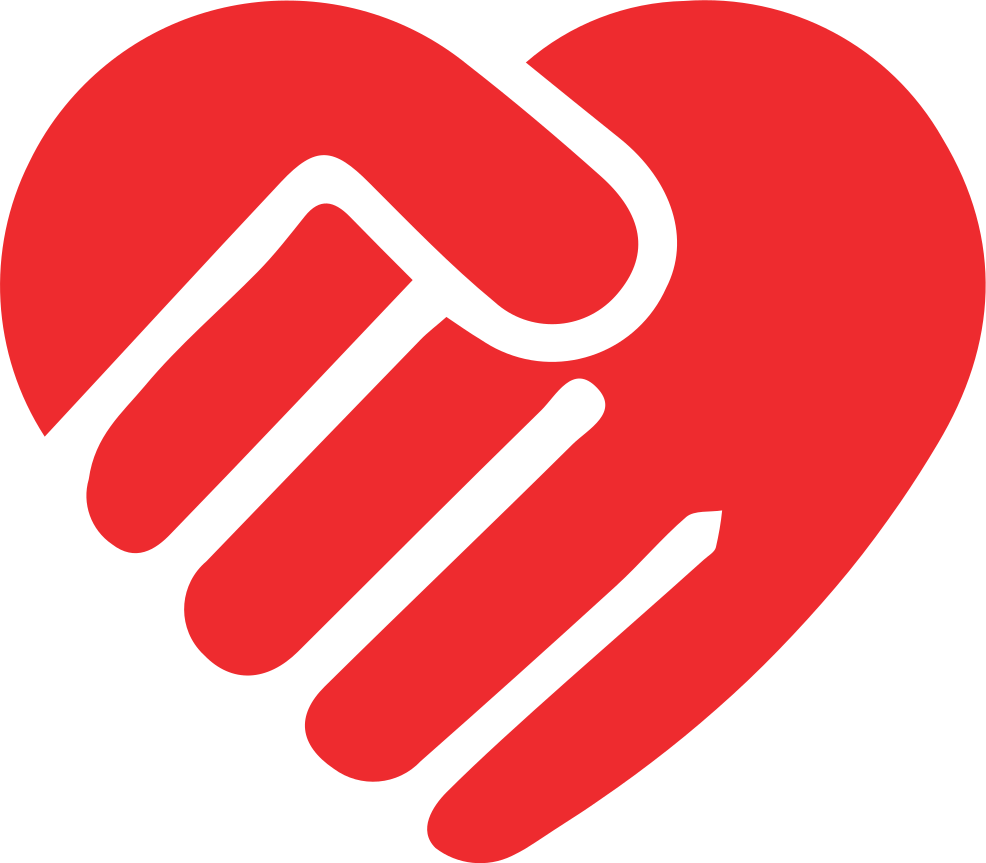The United States is in the middle of a heated debate on healthcare reform, but for the time being, little has been enacted. Regardless of one’s position on the political spectrum, it is an undeniable fact that healthcare and health insurance costs are rising across the nation. Problematically, Americans often cannot keep up with these cost increases which leads to many people either foregoing healthcare, even though they may desperately need it, or going deep into debt after receiving care. Moreover, there is a growing group of American families that make slightly too much (401% or more of the American poverty level) to qualify for government subsidies who will be completely out of options for affordable healthcare in the upcoming years due to price increases. This impending threat to availability of coverage has been confirmed by a new study from eHealth Incorporated [1] in which they project that in 2018 “In 47 of 50 cities surveyed, the lowest-priced plan would be officially unaffordable under Affordable Care Act affordability standards for families earning 401% of the federal poverty level (about $82,000 per year in the contiguous US, making them ineligible for Obamacare subsidies).” Moreover, they calculate that “the average three-person household would need to earn an additional $28,939 per year before the lowest-cost plan becomes affordable.” These figures were based on a very conservative estimate of a 10% increase in healthcare premiums (most projections indicate a 20%+ increase).
-Pierce Hollier, President


